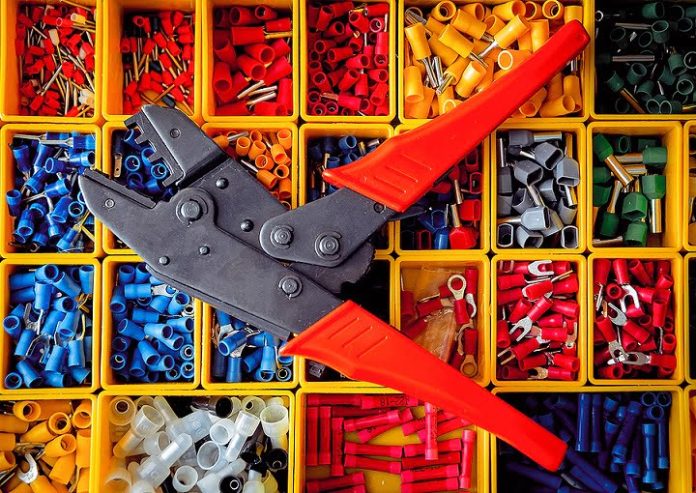Q: Is there a way to ensure crimped connections are of the highest possible quality?
A: Making good crimped connections is a matter of not stripping too much of the wire before adding connectors, trimming whiskers and not applying too much or too little pressure to the crimper. Fine stranded cables with a large quantity of small-diameter strands will improve a crimped joint’s performance.
Finer strands fill the contours of a terminal as it is crimped. This even distribution of strands allows loads to be distributed evenly. Any air pockets or voids in a crimped joint with coarse stranding increase resistance and temperature which in turn can lead to a faster rate of corrosion.
When selecting the correct terminal, make sure the terminal’s wire range is compatible with the actual wire size. Also make certain the terminals and wire strands are free of oxidation and corrosion. This will insure a positive connection.
While crimping, an adequate amount of pressure must be applied so that oxides that build up on the inside of the terminal barrel before it’s used are broken down. Unless good metal-to-metal contact occurs, resistance can build up on the terminal and that means circuit failure in the future.
You also want to select the appropriate crimp connectors. In some applications you might go with spade types, which allow you to open connections in the future rather than cutting cables and starting again. Butt connectors are more robust, especially when supported by heat shrink. You also need to buy quality components – there’s plenty of junk on the market, not only in terms of tools, but connector kits, too.
Something else to note (thanks to Ken McKeon of Jack Fuse for pointing this out), the Australian Standard for intruder alarms systems states “crimped joints shall be used only on stranded cables – this excludes the direct use of crimp connectors with EOL resistors”.
#securityelectronicsandnetworks.com












